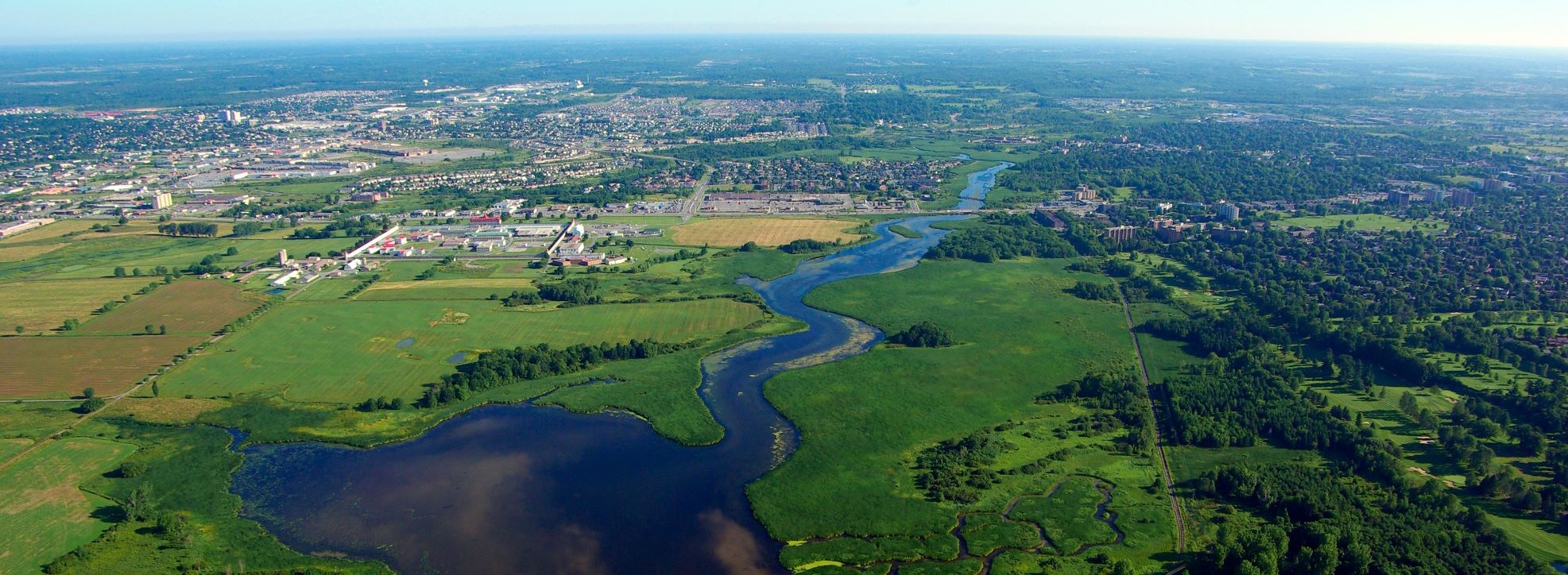We are reminded that Utilities Kingston is situated on the ancestral and continuing unceded territory of the Huron-Wendat, Anishinaabe and Haudenosaunee peoples.
We would like to acknowledge that this land is steeped in rich Indigenous history and the promise of an equally rich future. The people who provide Utilities Kingston’s services are grateful to share in the stewardship of our region, including through source water protection. As we preserve and protect the land and water, we commit to delivering our services with care for the Earth.
We recognize our shared history and future, as we strive to create an honest, open, and inclusive culture. Today, this place is still the home to many Indigenous peoples who continue to care for the lands and the waters. We acknowledge our duty to the Earth with gratitude and appreciation.
The history of Indigenous People in this region is complex and pre-dates how we think of geography today in terms of regional, provincial or national boundary lines that exist today.
What is known is that communities of Late Woodland people (approximately 1200 to 1450) and the St. Lawrence Iroquois (16th century) were known to occupy this region and later developed or merged into their modern descendant First Nations. When the first Europeans began to arrive in the 17th century, the north shore of Lake Ontario and the area originally known as Katarokwi had continued to provide a home base for the Huron-Wendat Peoples and the Five Nations/St. Lawrence Iroquois. In the Mohawk language, the name Katarokwi means a place where there is clay or where the limestone is. The Algonquin term Cataracoui means great meeting place and was translated by the French into Cataraqui that can be found all over Kingston today.
In the late 17th century, various families of Seneca, Cayuga and Mohawk ancestry had established communities at both the western and eastern ends of Lake Ontario and at various spots heading east up the shores of the St. Lawrence River. At the same time—as French traders, military personnel and settlers made their way west across the region—they aligned themselves with many of the Algonquin and Huron traders they first encountered along the St. Lawrence River, the northern shores of Lake Ontario and various inland waterways. During a similar period of time the Five Nations Confederacy aligned themselves with the British and helped to overrun many of the French, Huron and Anishinaabe settlements along the lower St. Lawrence and Great Lakes waterway.
The Mississauga who had established a community in the region in the early 18th century ceded Katarokwi and the surrounding territory to the British crown in 1783 with the signing of the Crawford Purchase. It was at this time that Sir William Johnson's consort, Molly Brant, a Mohawk woman of distinction and exemplary speaker in multiple languages, negotiated the safe passage and land acquisition for the Mohawks from the Mohawk Valley to Kingston across to Deseronto. Molly Brant, the sister of the Mohawk Chief Joseph Brant (who established the Six Nations of Brantford), was a resident of Kingston until her passing in 1796 and was buried at St. Paul's Church on Queen at Bagot Streets.
During the American Revolution, the United Empire Loyalists and Mohawk warriors shared a desire to move peacefully into British Upper Canada territory and continued to trade with the Iroquois Confederacy and Anishinaabe in and around Katarokwi. Market Square, behind what is now Kingston City Hall was the main trading location where food stuffs (especially rice), tobacco and hides exchanged hands between First Peoples, the United Empire Loyalists and other recent immigrants to the established British Colony of Upper Canada right up until modern times.
Thank you to the City of Kingston for their permission to reuse this information.
